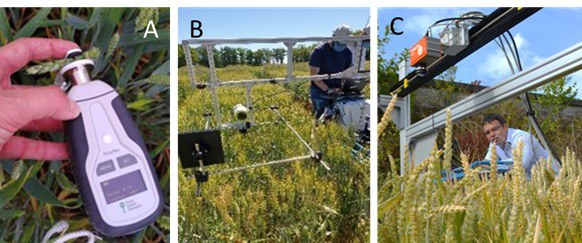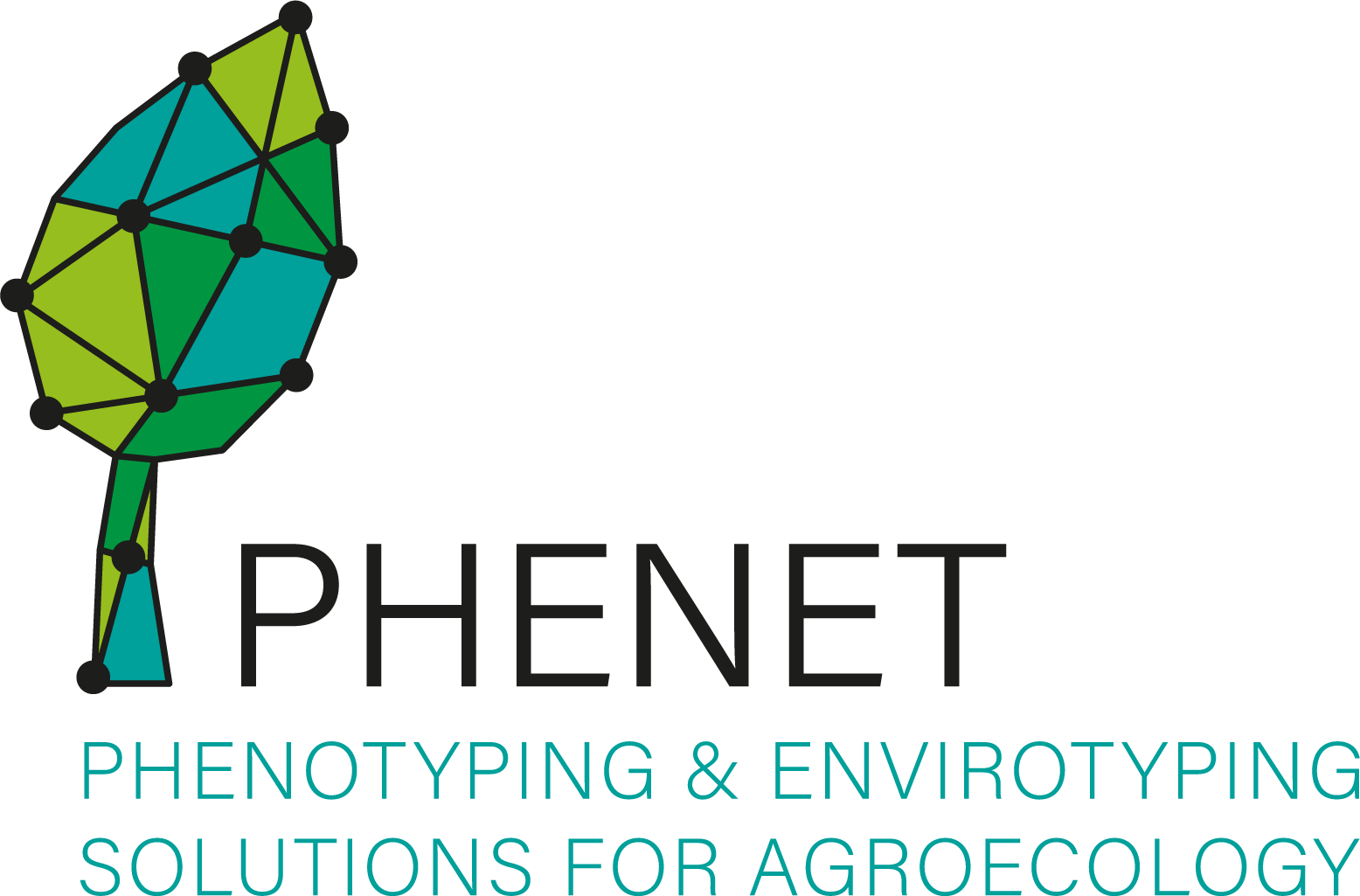UC1 PLANT HEALTH
Validated sensors and methodology applicable for biotic stresses in wheat
Partners: AGROSCOPE, CRA-W (Lead), GEVES
Objective

The objective of this UC plant health is to validate sensors and methodology dedicated to assess biotic stresses in wheat. UC1 will build on extended experience acquired in INVITE project in Fusarium head blight - FHB (Fusarium sp.) and will deliver approaches for the quantification of wheat FHB with the potential to be transferred to various cereals for other ear diseases (e.g. re-emerging diseases in relation to the decreasing of pesticides application) or for other leaf diseases (e.g viruses). It will create the connection between platforms and models for real time prediction of disease appearance for instance in precision agriculture.
Expected results
- The UC will aim at addressing the spectral, spatial and time resolution needed to identify multiple diseases at different scales through a cereal trials network. Time series of spectral acquisitions and visual observations will be performed at plant and experimental plot level.
- The acquired data will be used for the benchmarking of data standards for stress identification, visual observations, spectral acquisitions required for disease identification (WP4). Some datasets will be exploited for a global wheat challenge dedicated to stress detection at spike level, planned for 2024-2025.
- Several modelling approaches based on multivariate analysis, wavelength selection (spectral disease index) or combination of both previous approaches (WP5).
- Strategies for combining sensors/devices and real-time modelling will be defined in relation to the needed sampling and the disease(s) development cycle (WP2).
The expected services
- This work will be transferred to the breeder’s community and to the examination offices.
- Reference data sets that can be used for AI training will be provided to the community as a RI services (by EMPHASIS).
- Data sets will be available for further studies, metanalyses
- The models will be available to the community after a publication as open source models available on dedicated
repositories such as Quantitative Plant
Last Modified: 21.05.2024


